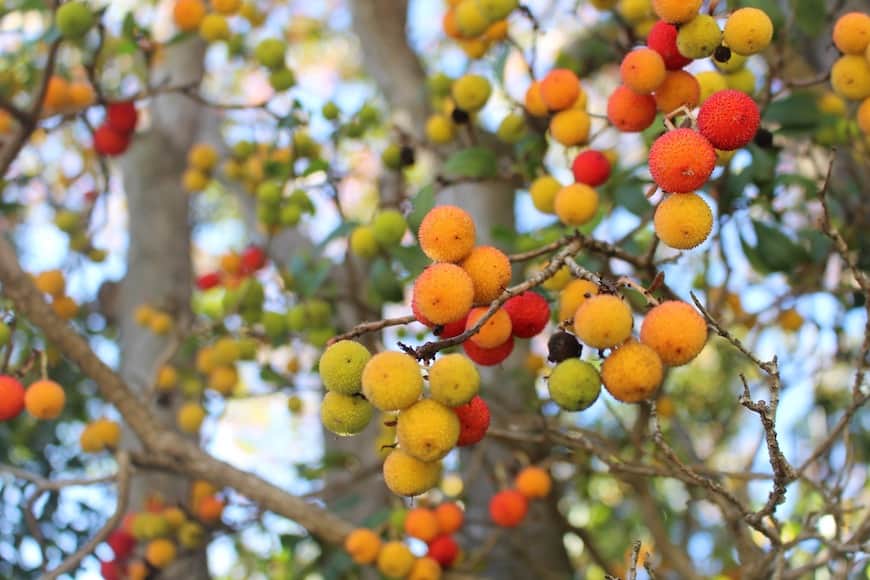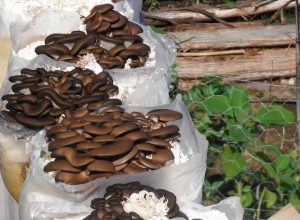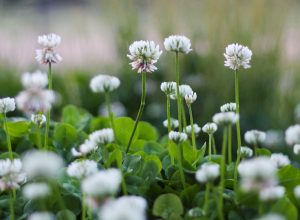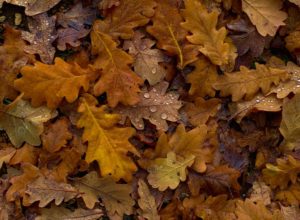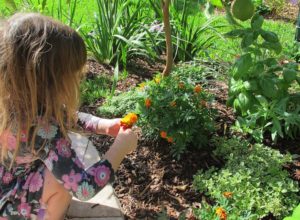Autumn is a great time for urban foraging. Here’s a handy guide to the fruits, nuts and weeds that can all be foraged.
Fruits for foraging
Fruits are great for foraging as it’s widely accepted that plants don’t usually deposit contaminants into their fruit. Also, they’re delicious!
- Feijoa: This guava has got to be one of the best foraging treasures around and they’re ripe at this time of year. Look for smooth glossy oval leaves and green, torpedo-shaped fruit.
- Irish Strawberry: This tree carpets footpaths with its bright red fruit. Look for small, serrated glossy leaves and birds competing for your harvest.
- Olives: Olives will be turning black at this time of year so it’s the best time to grab a bucket or two and start preserving them.
- Crabapples: Often planted for their wild spring flower displays, crabapples will have ripe fruit this time of year.
- Quinces: Finishing their season now, but you may still find some on trees. Great baked or turned into jelly.
- Figs: Another great one if you can beat the birds to them!
Other notable mentions:
- Prickly Pear (wear gloves!)
- Rosehips
- Lillypillies
Autumn nuts for urban foraging
- WalnutsL If you can beat the cockies to them, walnuts are the holy grail of autumn nut foraging.
- Acorns: Can be used as a fabulous natural dye but are also edible. Check out Pip Issue 9 for our full foraging guide.
- Pine nuts: From Stone Pine trees. Look for orange bark and a mess of half eaten pine cones on the ground (care of the cockatoos).
- Macadamia: Macadamia are also starting to ripen right about now. Look for green baubles starting to split and expose the brown nut shells beneath.
Urban foraging for weeds
The roots and leaves of common weeds are a fabulous foraging bounty, but it’s best not to search for them anywhere there is likely to be the risk of soil contamination. The good news is most people’s yards are full of weeds.
Have a hunt in your garden for:
- Dandelion: The roots, flowers and leaves are all edible. Try dandelion flower tempura, roast the roots for a DIY tea or pop young leaves in a salad or stir-fry.
- Chickweed: Is starting to pop up in the garden at the moment. Delicious greens you can use fresh or cooked.
- Onion weed: Nodding white onion weed flowers aren’t up yet but their lush edible leaves are.
A word on foraging for fungi
Fungi are a quintessential foraging symbol, but we don’t forage for these in our local neighbourhood. And we wouldn’t recommend that anyone does unless they are really into mycology and are extremely confident in their abilities to accurately identify fungi species.
While foraging fungi in Europe has a long, well documented history, in Australia the edibility of most species is actually unknown. Mistakes will at best give you severe gastroenteritis and at worst will kill you.
A great option if you’re keen to get into fungi is to do a foraging course in a pine forest with an experienced teacher. Pine forests are home to two easy-to-identify edible fungi (saffron milk cap and slippery jack) so they are the ideal place to gain foraging skills under the watchful eye of a professional.
Want more?
Subscribe to our Youtube channel to keep up-to-date with our weekly Self-Sufficiency Video Series.Drop our video a “like” if you found it handy and support our work by subscribing to the magazine. You can also sign up to our free fortnightly eNewsletter for fresh tutorials, recipes and podcasts on living a resilient home-based life.

